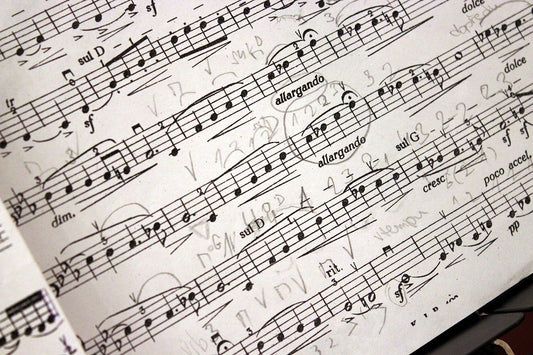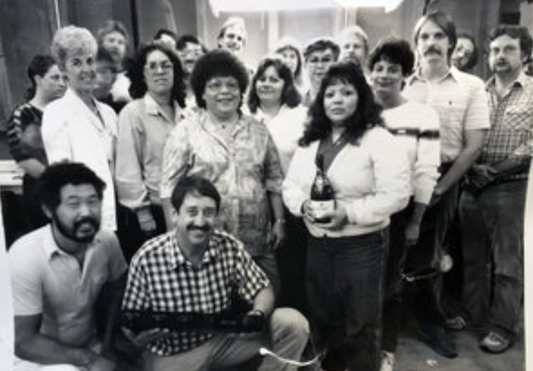The other side of the coin
by Paul McGowan
Engineering is a set of compromises. Properly managed, those compromises can be minimized, but never eliminated.
In a perfectionist's world that's not a pleasant thing to hear, but it's the truth.
One of the compromises of an integrated amplifier is the sharing of a power supply. Some integrateds try to reduce the impacts of this by using multiple supplies, but at the end of the day, you're forced to always share power.
Sharing's a good thing on the playground, not so much when it comes to power supplies. When we share power supplies each component interacts with the others drawing power at the same time: the current fluctuations of a power amplifier, the digital noise of a DAC, RF of a tuner, hum and noise picked up by the phono stage. And this is where engineering often comes down to a choice of lesser evils. There are many ways to mitigate the impacts of power supply sharing, but mitigating and eliminating rarely add up to the same.
In the broadest of senses, a group of separates–each with their own power supply and physical separation–are inherently better sounding than the same group powered from one central supply crammed together in a single box. So how does an engineer overcome these difficulties? By taking advantage of two more tools in the design belt: synergy and connectivity.
I'll start on those in detail tomorrow.
- Choosing a selection results in a full page refresh.
- Opens in a new window.








